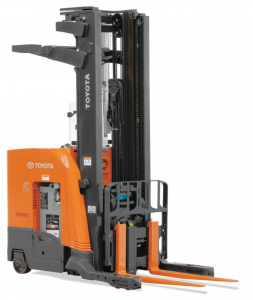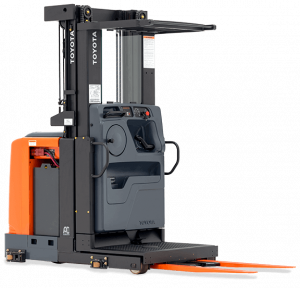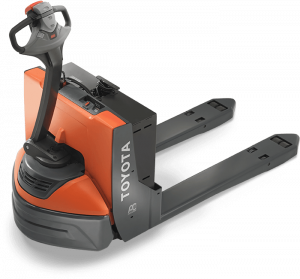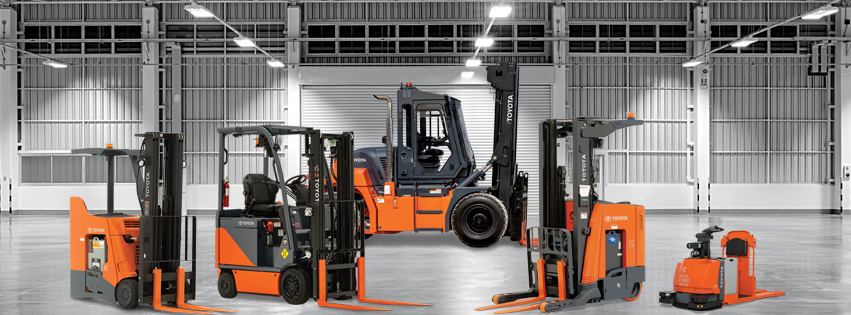What’s the Difference Between Forklift Types?
When most people think of forklifts, they typically will envision the standard two-forked heavy-duty workhorse vehicle that commonly can be found on practically any warehouse or factory floor.
But there actually are many different types of forklifts, each of which is designed for specific purposes. In this article, we are going to examine the different forklift categories to make it easier to choose the proper vehicle for the right job.
Five Different Classifications
An Electric Rider Forklift, or a Class I vehicle, maybe the most common type of lift truck. Because it is battery-powered, it is most practical for indoor use. Most Electric Rider Forklifts are powered by traditional lead-acid batteries, although vehicles powered by lithium-ion batteries are becoming more common.
One of the biggest benefits of an Electric Rider Forklift is the cost. They tend to be far more affordable than other types of forklifts, which is why they are probably the most common type of lift truck used in warehouse, industrial and manufacturing applications.
Reach Trucks and Order Pickers

Image courtesy of Toyota Forklift – Bahrns ToyotaLift is an award-winning Toyota Forklift Dealership
A Narrow Aisle Forklift, also known as a Class II forklift, is designed specifically for use in buildings that have tighter aisles and smaller floor space. They come in two basic types: Reach trucks and order pickers.
Reach trucks are used for jobs that require the operator to get on and off the machine’s platforms many times throughout the day. Its forks extend outwards, enabling the drier to reach pallets that may be two or three pallet lengths deep on a shelf.
In contrast, the platform of an order picker raises up and down along with its forks, facilitating the fulfillment of orders and other order-filling duties.

Image courtesy of Toyota Forklift – Bahrns ToyotaLift is an award-winning Toyota Forklift Dealership
Walkies and Outdoor Lift Trucks

Image courtesy of Toyota Forklift – Bahrns ToyotaLift is an award-winning Toyota Forklift Dealership
The third type of forklift is called a Walkie. These vehicles, also known as Class III lift trucks, usually are controlled by having the operator walking behind the vehicle, rather than riding on it. Walkies include such equipment as electric pallet jacks and stock pickers.
Some models of Walkies have a small platform on the back on which the operator can stand while driving the vehicle. Many have lift capacities of up to 6,000 lbs.
Class IV lift trucks are Internal Combustion Cushion Forklifts. These are vehicles that are powered by some sort of burnable fuel — usually either gasoline, propane, natural gas, or diesel fuel. IC forklifts most commonly have hard, cushioned tires which make them a better choice for use on smooth surfaces. Most have a seat and steering wheel for drivers and use heavy counterbalances to lift heavy payloads.
Like IC Cushion Forklifts, IC Pneumatic Forklifts (Class V) are operated by a ride-on driver. But they have heavy-duty pneumatic tires that give them more range for use on uneven or even rough surfaces. They are commonly used for outdoor jobs where the terrain is less predictable.

